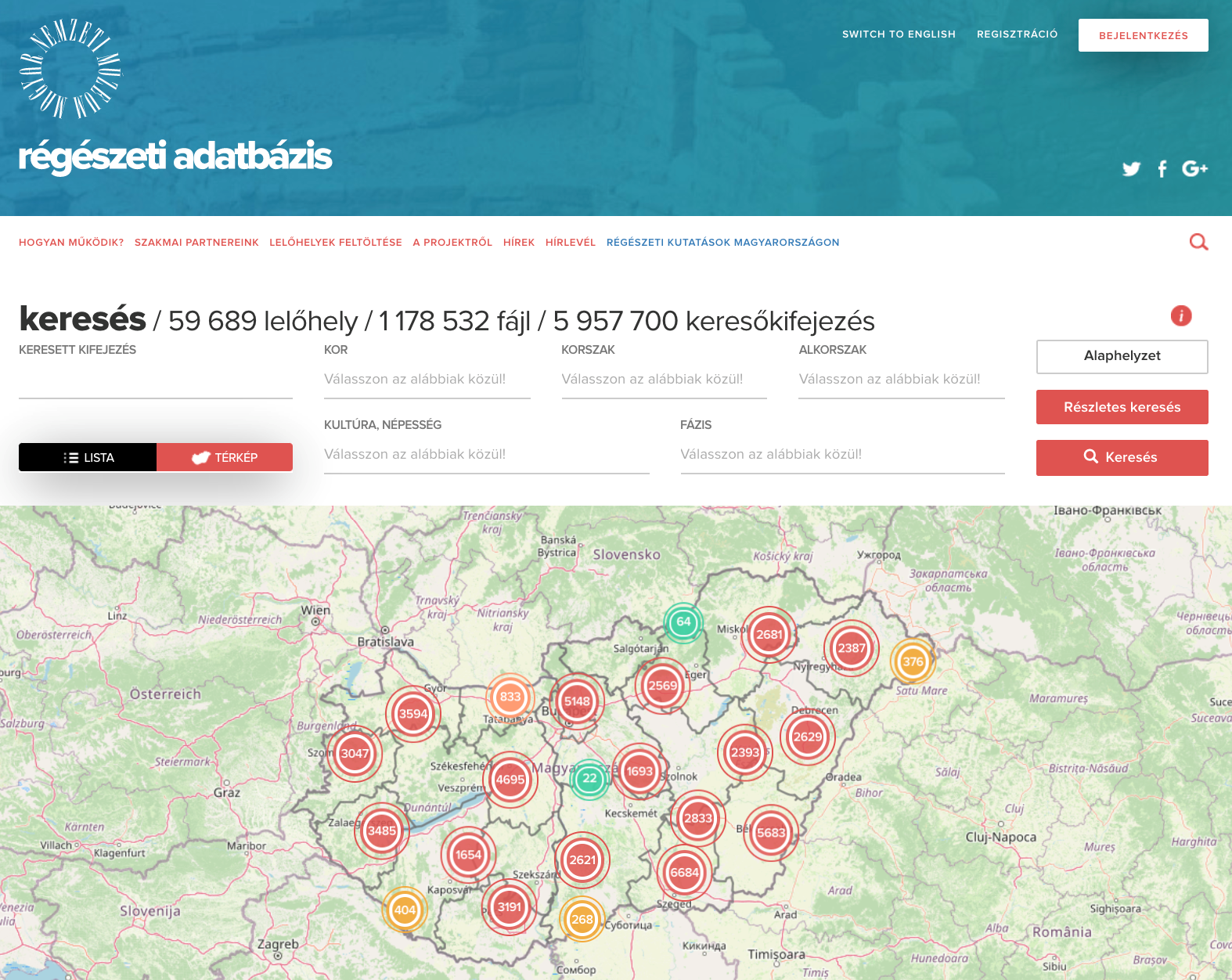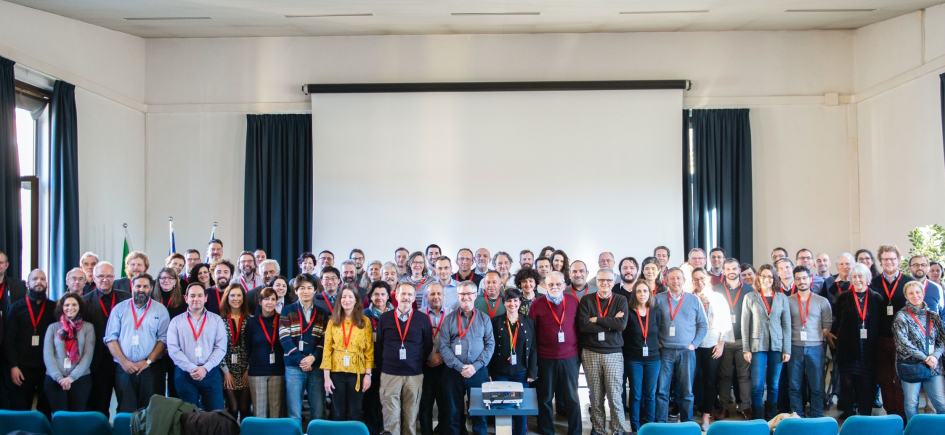
ARIADNEplus is the continuation of ARIADNE, a research project in archaeology funded by the European Commission that started in 2013 and lasted until 2017. ARIADNE aimed at the integration of European archaeological repositories. It created a searchable catalogue of datasets including unpublished reports, images, maps, databases and other kinds of archaeological information accessible on line. The project proved to be so successful that it has been funded again and will continue until 2022 (and hopefully longer). Now named ARIADNEplus to underline the continuity of the new project with the previous one, it aims to improve it while maintaining the same methodological approach.
The aim of the new program is to integrate and make European archaeological databases searchable through a single interface, the ARIADNEplus PORTAL.

The main goal of the program is to make not only the data describing the sites and documentation part of the database, but also the “gray literature” behind them, the professional documentation, maps, drawings, photos, test results that contain a significant amount of data. However in some countries they can be difficult to research from museums. Access to this data is essential for the profession and heritage agencies alike.

The Hungarian National Museum represented Hungary in the ARIADNE program, in the framework of which the Archaeological Database of the Hungarian National Museum was created. This is the first archaeological database in Hungary, whose data structure and descriptive units follow international standards, thus ensuring interoperability with other databases (ACDM native XMLs / CIDOC-CRM, Getty AAT, WGS84, PeriodO). In compiling the Archaeological Database, we have taken into account the principle that archaeological records are part of the national heritage, the only detailed and written evidence of the results obtained in connection with the research of a given site. In addition to keeping site records together, they need to be protected by digitizing paper-based records and ensuring the long-term archiving and accessibility of digital files.

The ARIADNEplus program involves 41 heritage institutions from 23 European countries, as well as from the United States, Argentina, Israel and Japan. The program continues to integrate archaeological databases into the PORTAL, which still does not contain specific files, but only collects metadata from sites and documentation from specific countries. In all cases, the files are stored at the participating institutions and become available according to the terms of use of the participants. Approximately 2,000,000 records are available through the PORTAL, but each record contains a number of additional documentation, images, databases, etc. The database contains a wide variety of archaeological information, from data from individual finds to LIDAR data. ARIADNEplus aims to increase the number of metadata and documentation available through the PORTAL, to cover even more archaeological eras and an even larger geographical area. Its main task is also to integrate and make available the results of scientific research.

ARIADNEplus is also responsible for developing guidelines and strategies for archaeological data and documentation for decision-makers, such as the FAIR principle (Findable, Accessible, Interoperable, Reusable), and for assisting in the creation of certified repositories and setting basic objectives for their management and sustainability. Traditional repositories are clearly in crisis in Europe, not only in terms of retention but also in terms of ensuring access. Therefore, the ARIADNE initiative opens a new path in the field of archiving and accessibility, providing important support for heritage managers, decision-makers, or heritage institutions.
The development of the PORTAL will continue to focus on the integration, unification and searchability of data based on the Linked Open Data principle, which enables interoperability. Improvements include data analysis tools (e.g., data mining, natural language processing) and data visualization (e.g., 3D visualization, data display on a map or time plane).
An other aim of the program is to work with European heritage institutions and heritage professionals through workshops and conferences to create an active and well-informed community. It also provides more specialized education for museologists, field professionals and researchers on demand.
Within the framework of the ARIADNEplus program, the Hungarian National Museum continues to develop the content of the Archaeological Database, with special regard to the results of scientific research and their documentation. In addition, any Hungarian museum is welcome to receive data and documentation for the database or for digital archiving. The Archaeological Database is a repository that provides long-term preservation of documentation, virtually unlimited extensibility of archives, and online access to documentation for the archaeologist profession. Another advantage of the database is that the data and documentation of each site is available in one place, and it hosts an unpublished amount of data / documentation from each site.
The database currently contains metadata for nearly 60,000 archaeological sites with nearly 6,000,000 search terms, making roughly 1,180,000 files available. However, in order to protect the archaeological sites, the spatial data and documentation of the sites can only be accessed with an elevated level of authority (https://archeodatabase.hnm.hu/hu/hogyan-mukodik).
Duration: 01.01.2019 - 01.01.2023
The project is supported by the European Union's H2020 research and innovation program under grant agreement No. 823914.
More information: https://ariadne-infrastructure.eu/
Guidelines for the reusability of scientific data and the management of FAIR in Hungarian: https://zenodo.org/record/3363355#.XpnzeJNfd0t
ARIADNEplus PORTAL: http://portal.ariadne-infrastructure.eu/
Twitter: https://twitter.com/ARIADNEplus
Hungarian Archaeological Database implemented within the framework of the program: https://archeodatabase.hnm.hu/hu










